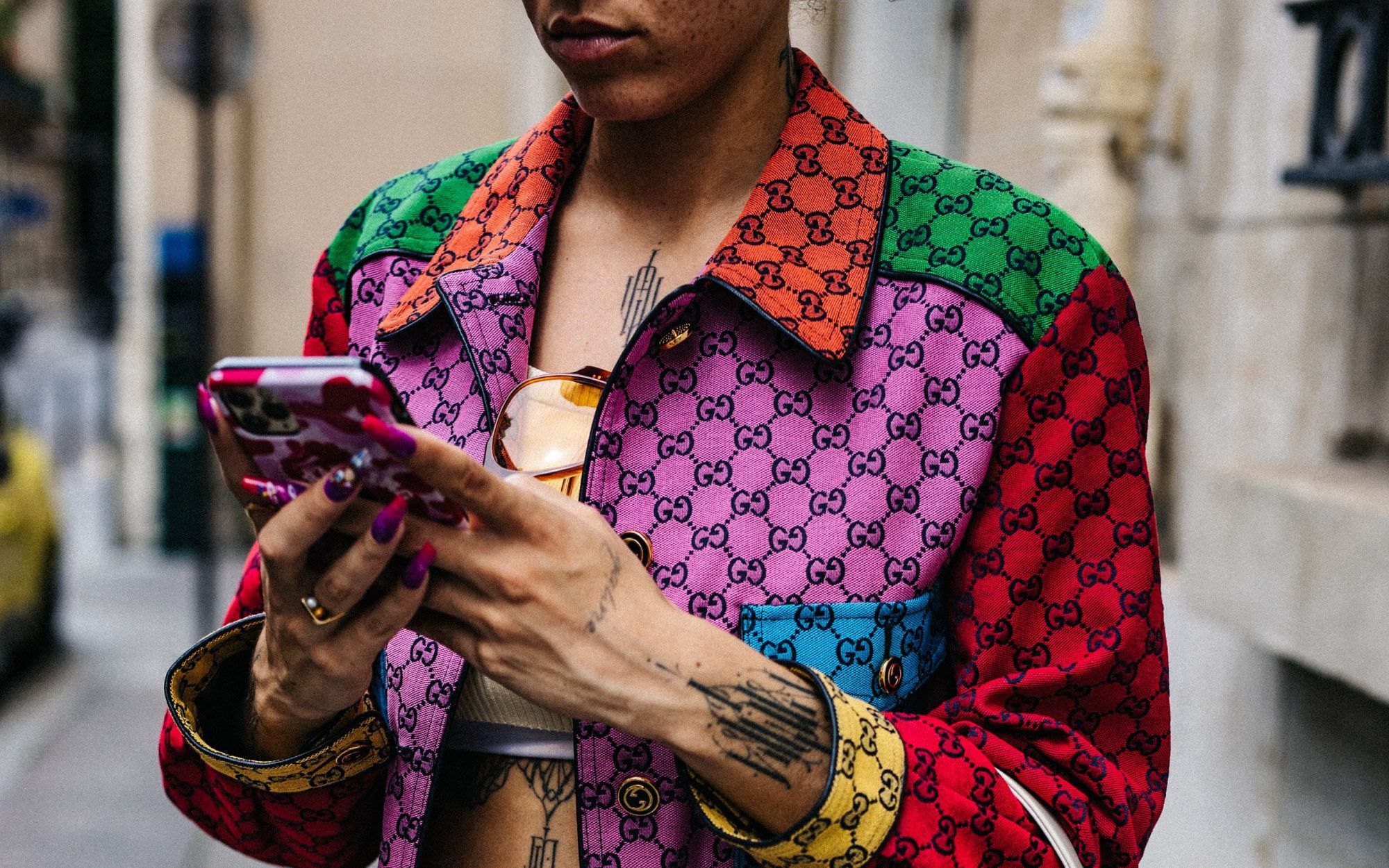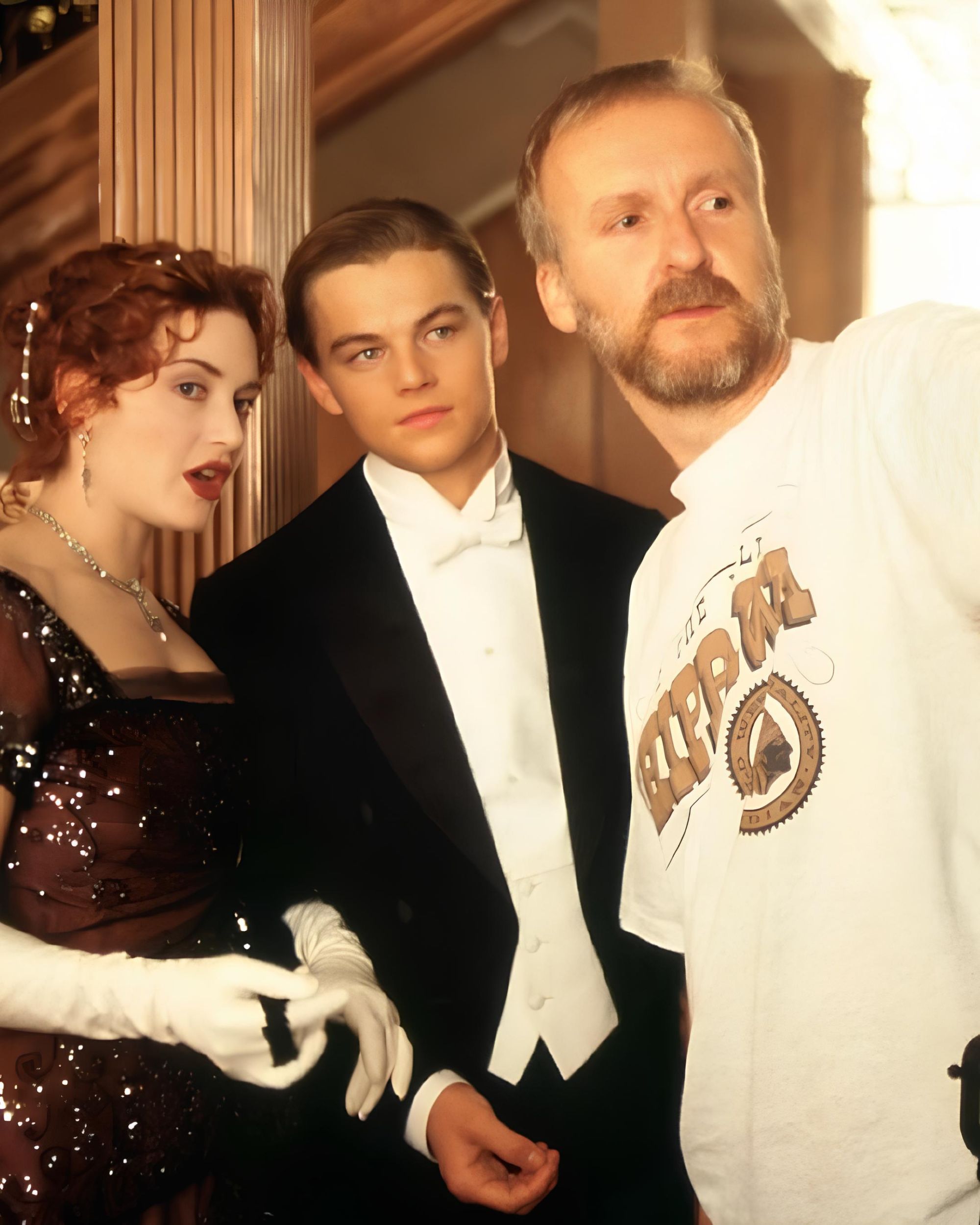
In 2023 we will have to decide between quality and quantity From film, to television, to fashion
In recent days, speaking about the production company he founded, Ben Affleck criticized Netflix's production systems, calling the streaming giant's an «assembly line». While only the day before yesterday The Independent wondered whether the success of Wednesday is bad news marking the triumph of «serviceable television» defining the show as «decent “background” television». In the same days, Marvel Studios is also facing a similar problem, with a series of reports and rumors leaked in the press and starting with the Cosmic Circus blog according to which, after the return of the old CEO to Disney, a course correction has taken place within the MCU strategy: «We have received word from our sources that Marvel Studios is currently re-evaluating its release lineup for Phases 5 & 6. As Phase 4 comes to a close, we’ve been informed of internal negative feedback about how Phase 4 was handled», the website writes. «Therefore, as a preventive measure to ensure quality control, Marvel and Disney […] are interested in pushing a quality-over-quantity approach to these phases». Moreover Disney has written in its annual report that it aims to produce only 40 projects in 2023, including movies and series, a lower target than the 2022 target of 50 projects, and that the new Netflix strategy to revive business (only a few days ago it was surpassed in number of subscribers by Prime Video) is rumored to be summed up in the motto Bigger, Better, Fewer. In all cases, entertainment and contemporary pop culture more generally are confronting the over-saturation of their respective markets - a problem that affects somewhat all industries, so to speak, volatile and has interesting reflections in the fashion and beauty fields as well.
It is not unusual that when the founding of a new brand is announced, whether it is yet another cosmetics line created by a celebrity, a new brand of alcohol or soft drinks but also and especially a fashion brand, the instinctive reaction is to say: «Another one? Did we even need another one?» In the free market, in effect, where demand must be matched by supply, there are not brands that are necessary or not but brands that perform and brands that fail. Which on the one hand leads producers (in both entertainment and luxury) to do what The Take calls "micro-tailoring" i.e., to create some product for everyone but which, on the other hand, also pushes toward overproduction that in the long run tires audiences and generates increasingly standardized and repetitive content (think of how many Netflix series are set in a high school, normal or supernatural). In short, as grandmothers used to say, too much is too much, on the catwalks as well as in streaming channels. One of the most recent cases of excess folding in on itself is that of Gucci, a brand that in the seven years of Alessandro Michele's tenure has quadrupled its sales, tightened a very strong community around it but has fallen victim to that same brand fatigue that analysts have been talking about for the Marvel production.
the progressive decline of fabric quality and incline of ugly fast fashion could make a girl go feral. pic.twitter.com/Ogcr4pJzi5
— sapphicsxfenty (@sapphicsxfenty) June 20, 2022
And while it is clear that Netflix, Marvel Studios, and the fashion industry are extremely different realities, the common ideology they share is that of growth for its own sake. These seemingly disparate realities coexist in the Best Global Brands 2022 ranking, which is mostly dominated by tech and banking giants, but in which the names of Nike, Louis Vuitton, Chanel, Hermès, and Gucci can be found alongside McDonald's and Coca Cola as well as Netflix and Disney - a demonstration that everyone is equal at the top of the food chain. Not to mention how it was only last year that "fashiontainement" was used to tell the tale of the conjuncture of fashion and the entertainment industry culminating with the symbiosis of Kim Kardashian and Balenciaga and the brand's collaboration with The Simpsons but which had dominated the entire 2021 as Lyst also recounted in its quarterly report at the time.
Eppure if companies such as Apple, Pampers or PayPal (all of which are present in the ranking) are relatively immune to brand fatigue since the services and products they offer are necessary, it is a different matter for those who produce discretionary goods: luxury clothing, entertainment, food & beverage and so on. And if just one clothing brand is attributed the most stellar fall of the last, let's talk about H&M, the report notes that in 2022 « these organisations are building businesses around their brand (in contrast to the traditional approach of building brand around a product)». The reversal of end and means here is important because it is precisely this year that fashion brands jumped headlong into catering, hotels, beauty, and any category that did not involve clothes. Precisely luxury brands, however, as well as entertainment giants, are not unsinkable: recall that a 9 percent growth in the third quarter of the year was enough to set off alarm bells among Gucci investors just as Netflix management panicked when subscribers began to drop and Disney hastily recalled former CEO Bob Iger after the stock had dropped 41.4 percent overall over the course of this year. Here again the common thread of the juxtaposition of quality and quantity returns: for years the quantitative presence of these brands in the marketplace, regardless of the product, has increased at the expense of the quality aspect. In the case of fashion, the excess of capsules, trivial products, campaigns and activations ended up overpowering the originality and excellence of the individual design. Clearly, the second part of 2022 is when all these industries have reached critical mass.
@franziskasmd Overconsumption is not a style #stopfastfashion #designerclothes The 60s - Sharon Tate
The question that remains now is to understand how these brands will behave in the face of hyper-saturation: rumors about Netflix and Disney show that the streaming giants have decided to invest in fewer, better-chosen projects. Speaking to Forbes about the diatribe between quality and quantity in the streaming world, Kantar vice-president Nicole Sangari brought up the example of Hulu: «When looking at average weekly screen time by platform, it’s actually Hulu, not Netflix, that has a greater proportion of its subscribers watching 3+ hours per day». Retaining the customers you have and not expanding your customer base seems to have become the new diktat in fashion as well, with François Pinault insisting on creating a more classic and timeless luxury in the Kering Group brands and with an increasing emphasis on big spenders rather than casual customers. Let's take a few examples: last May, Isabel May, general manager and head of customer experience at Mytheresa, told BoF that 3 percent of customers produce 30 percent of revenue on the platform; the same article estimated that a loyal customer base alone can account for 40 percent of sales. Thus, it is likely that as luxury spending shrinks, brands will put their chips on the most trusted customer segment - this, however, means rethinking production and marketing strategies, perhaps even radically changing the design process. Not to mention how the need to meet the sustainability parameters of the Paris Accords, so far ignored, will probably also dictate reducing production while increasing quality. And if environmental disasters and inflation do nothing to convince fashion to invest in quality instead of quantity, perhaps the desire to escape the unflattering comparison with streaming services like Netflix will.















































